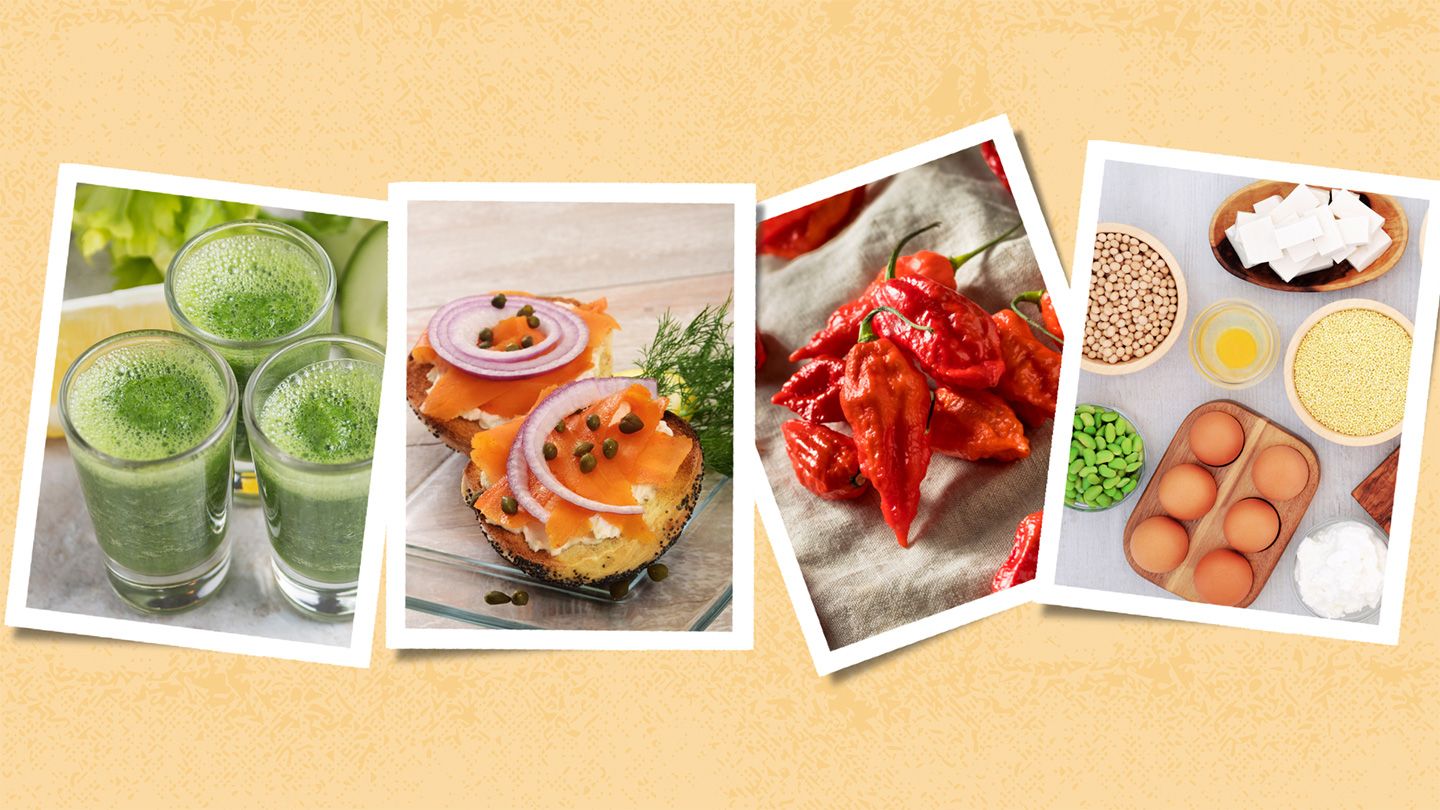World cuisines offer a rich tapestry of flavors and unique ingredients. With the growing interest in alternative proteins, there are exciting opportunities to incorporate these new sources of nutrients into traditional dishes from around the globe. Let’s explore how different cuisines are embracing alt-proteins to create delicious and sustainable meals.
Asian Cuisine: Tofu and Tempeh
When it comes to alt-proteins, Asian cuisine has long been ahead of the curve. Tofu, a versatile protein made from soybeans, is a staple in many Asian dishes. Whether it’s crispy tofu in a stir-fry or silky tofu in a comforting soup, this plant-based protein is a beloved ingredient in Chinese, Japanese, and Korean cooking.
Another alt-protein gaining popularity is tempeh, a fermented soy product with a nutty flavor and firm texture. In Indonesian cuisine, tempeh is often marinated and grilled, adding a satisfying protein punch to vegetarian dishes.
Mexican Cuisine: Pulses and Cactus
In Mexican cuisine, alt-proteins take the form of hearty pulses such as black beans, pinto beans, and lentils. These legumes are used in a variety of dishes, from flavorful bean burritos to comforting bean stews.
Another unique alt-protein found in Mexican cuisine is nopal, or edible cactus. Nopal is packed with nutrients and can be grilled, sautéed, or added to salads, bringing a refreshing and sustainable twist to traditional Mexican meals.

Credit: www.amazon.com
Italian Cuisine: Legume Pastas and Plant-Based Sausages
Italy, famous for its pasta dishes, has been embracing alt-proteins in the form of legume-based pastas. These pastas, made from lentils, chickpeas, or black beans, offer a protein-packed alternative to traditional wheat pasta, all while adding a unique flavor and texture to classic Italian dishes.
In addition, plant-based sausages made from ingredients like peas, fava beans, and sun-dried tomatoes are becoming increasingly popular in Italian cuisine. Whether it’s a plant-based sausage ragu or a savory sausage and vegetable pasta, these alt-proteins are bringing new dimensions to Italian cooking.

Credit: www.sciencedirect.com
Indian Cuisine: Paneer and Lentils
Indian cuisine boasts a rich tradition of vegetarian cooking, with alt-proteins playing a prominent role. Paneer, a fresh cheese common in Indian dishes, provides a creamy and satisfying source of protein, often featured in curries, kebabs, and saag paneer.
Lentils, such as masoor dal and chana dal, are also widely used in Indian cuisine, offering a protein-packed and versatile ingredient for dishes like dal makhani and sambar. These legumes form the backbone of many traditional Indian meals, showcasing the diverse and flavorful use of alt-proteins in Indian cooking.
Embracing Alt-Proteins: A Global Movement
As the world becomes more conscious of the environmental and health impacts of traditional animal protein consumption, incorporating alt-proteins into our diets has emerged as a powerful and delicious solution. From Asian stir-fries to Mediterranean salads, the global culinary landscape is witnessing an exciting transformation as alt-proteins take center stage in traditional cuisines.
Embracing alt-proteins doesn’t mean sacrificing flavor or culinary traditions. Instead, it opens up a world of possibilities for creating sustainable, nutritious, and mouthwatering dishes that celebrate the diverse flavors of different cultures. With alt-proteins, the future of world cuisines is more exciting and sustainable than ever before.
Frequently Asked Questions On World Cuisines With Alt-proteins : Exploring Exotic Flavors And Sustainable Alternatives
What Are Alt-proteins And Why Are They Trending?
Alt-proteins refer to alternative protein sources that are not derived from traditional meat products. They are trending due to factors such as health concerns, environmental sustainability, and increasing demand for plant-based diets.
How Can Alt-proteins Be Incorporated Into World Cuisines?
Alt-proteins can be seamlessly incorporated into world cuisines by substituting traditional meat ingredients with plant-based alternatives. These alternatives can be used in various dishes, such as burgers, tacos, stir-fries, and curries.
What Are The Health Benefits Of Consuming Alt-proteins?
Consuming alt-proteins offers numerous health benefits, including reduced risk of heart disease, lower cholesterol levels, improved digestion, and increased intake of essential vitamins and minerals found in plants.
Are Alt-proteins Suitable For People With Dietary Restrictions?
Yes, alt-proteins are suitable for people with dietary restrictions as they are often gluten-free, dairy-free, and suitable for vegetarian and vegan diets. They provide a diverse range of options for individuals with specific dietary needs.
